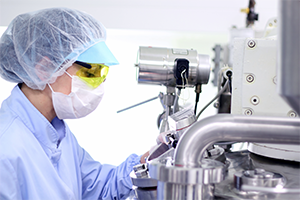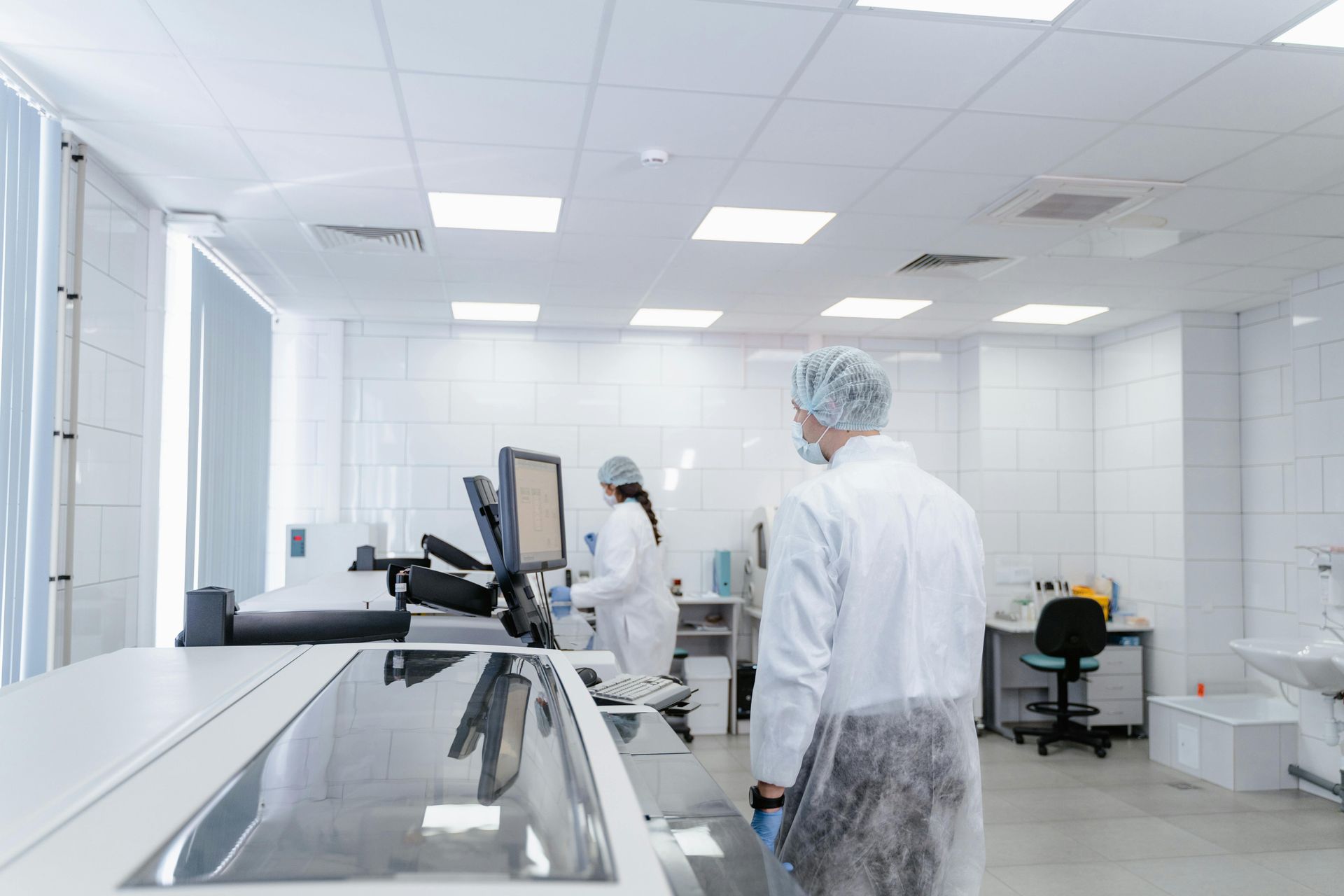3 Main Phases of Pharmaceutical Product Development
The legal regulations regarding the release of new drugs and pharmaceuticals are rigorous. Precautions are taken both by the company and by the regulatory authority to ensure that every new product is both safe and effective for public use.
Medicine itself is an extremely specialized topic, and the development of new drugs is a long undertaking for even large companies in the pharmaceutical industry. What exactly goes into the creation of these products, and what are the stages of drug development?
If you’re interested in
pharmaceutical product development certification, learning about this process is an excellent first step. The United States Food and Drug Administration actually has its own web pages dedicated to the topic. In a nutshell, however, medicine is created, released, and monitored in 3 major phases.

Phase 1: Discovery
There are so many potential vectors and approaches to solving a new disease or condition that it can seem overwhelming to find out where to begin. Researchers find a starting point for developing new pharmaceuticals through several avenues:
- Looking at existing treatments and their effects, both intended and unexpected.
- Further research into a disease to suggest ways to reverse or fix the condition.
- Testing various molecular compounds to determine any effects against diseases.
- Exploring new technologies like genetic modifications.
Researchers then whittle down a vast list of potential compounds through testing until they reach a few promising candidates for further study. A compound is analyzed based on several factors such as how the body processes it, its potential benefits and side effects, and how it interacts with other drugs.
Phase 2: Research
Research for new drug developments happens in two phases: preclinical and clinical research. The preclinical phase starts with toxicity testing, one of the highest priorities of pharma product development to ensure that no drug released is immediately toxic to the human body.
Testing is done first in the laboratory (in vitro) before being deployed with real human subjects (in vivo) to verify nontoxicity. The FDA requires the use of good laboratory practices (GLP) for these types of tests. They apply towards the facility, equipment, personnel, procedures, quality assurance, and reports.
The clinical research that follows preclinical testing is a lot more involved, as it aims to address exactly what its impact will be on the human patient:
- The company submits an Investigational New Drug (IND) application to the FDA. It explains the results of the animal study if one was conducted, the drug’s current side effects, the planned clinical protocols, and any other relevant data. The FDA may offer guidance during the trials with optional suggestions to the company.
- An IND review team is created with specialists from different scientific fields to cover all the bases. In addition to a project manager and medical officer, there might be a statistician for the data, a chemist, a microbiologist for the antimicrobial aspects, or anyone else needed for the project.
- The clinical trials are designed to answer specific research questions regarding the product. A study protocol is produced for this purpose, and human subjects are selected to be part of the study. These small-scale trials end once data is collected and analyzed.
Clinical trials end when the developer chooses to file a marketing application. This point may occur once enough data is collected from at least two large clinical trials.
Phase 3: Review
The last of the drug development phases have to do with the release and post-market monitoring procedures. Once the company is confident in the effectiveness and safety of its product, it creates a New Drug Application (NDA) to show intent to release to the public. Such a document includes an exhaustive list of findings:
- Clinical trial results
- Labeling and directions for use
- Safety and abuse information
- Patents
- Relevant studies conducted outside of the United States
The Food and Drug Administration moves on to decide whether or not the NDA is complete. If so, the review team then spends about 6 to 10 months deciding on whether to approve the new product. This decision comes down to a few steps:
- A member specialized in a field of medical science reviews the analogous section of the NDA. For instance, the statistician reviews the clinical data, and the chemist reviews the chemical compounds in the document. Each technical discipline is covered as a result.
- FDA inspections are completed at each clinical study site to check for completeness in the reporting of the NDA.
- The project manager brings it all together for the FDA’s review decision and approval. At this point, the FDA considers the drug safe and effective for public use.
- The “labeling” process follows where the FDA works with the business to define prescription information and best practices for use of the drug.
At the end, the FDA may decide that there are further questions needing additional consideration not mentioned in the NDA. It might organize an Advisory Committee for experts to appeal certain points and the public to make comments.
But the story doesn’t end when the approved drug hits the market. The true test of a pharmaceutical product is how it operates in the field. The FDA may take several precautions post-launch to address any issues that have not come up from clinical testing:
- Routine inspections by the FDA cover manufacturing facilities throughout the nation and even internationally for certain products made in other countries. These visits check for good manufacturing practices (GMP) and look for any concerns brought up in the market.
- Cautions can be added to the labeling to address certain changes to the use of the drug. During the drug development process, the company itself can choose to make a major change to the product through a supplemental application filed to the FDA.
- Advertising pharmaceutical products is heavily regulated as well, as businesses cannot be misleading with their claims.
- Consumers and healthcare professionals can file complaints and report problems with current drugs through certain FDA programs like MedWatch and MedSun.
- Sometimes a developer wants to form a derivative of a current drug on the market, either by changing the dosage, the use case, or the form (tablet, liquid, etc.). In this case, it would file an IND.
- Once a patent on a drug expires, a similar generic version can be produced. Manufacturers of generic pharmaceuticals don’t have to go through the same clinical trial process since the products are similar enough to already approved drugs, so they just need bioequivalence studies complemented by an Abbreviated NDA.
A new development to look out for is the FDA’s Sentinel Initiative, which will likely replace post-market assessment in the future. The system scans electronic health databases like insurance databases and registries to gain information on public health in real time.
CfPIE’s Online Programs for Pharmaceutical Development
Developing a new medicine is complicated in and of itself, and there are even more regulations to think about during the entire process. Those looking to contribute to the drug development market need a certificate in pharmaceuticals and clinical trials management.
The key to acquiring enough knowledge and experience to succeed in the medical field is engaging with the right coursework for a product development certificate. So where do you look for
pharmaceutical certificate courses?
The Center for Professional Innovation & Education (CfPIE) has been providing high-quality professional instruction to medical companies with strong needs for skills in pharmaceuticals, medical devices, biotechnology, and other fields.
For drug development specifically, check out our certificate program and its associated courses
here. The PDCP stands for
Pharmaceutical Development Certified Professional, and it’s ideal for medical organizations to decrease time-to-market through a more knowledgeable staff base.
Blog Categories
Stay Informed


